
BLOG
We’d like you to get to know us a bit better so welcome to the news,
reviews and insights from the Mansfield Monk team.

We’d like you to get to know us a bit better so welcome to the news,
reviews and insights from the Mansfield Monk team.
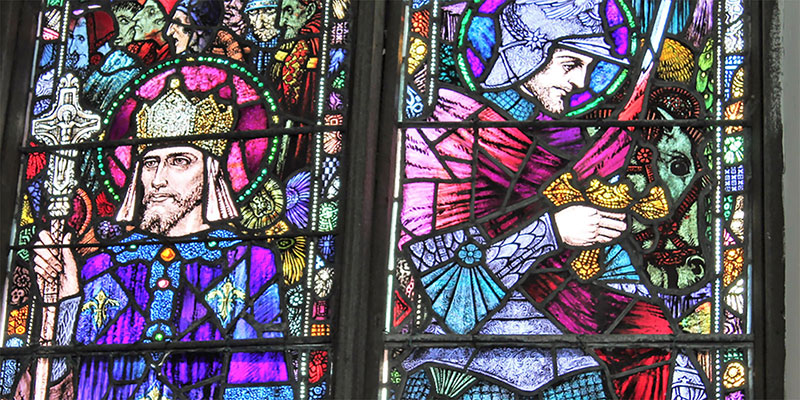
Here at MMHQ we have been researching ‘all things colour’ for our exciting new #MMInColour2018 campaign and competition and in doing so came across a number of fascinating historical facts which we wanted to share with you.
Starting with Pantone’s colour of the year ultraviolet we take a look at purple. Historically a prohibitively expensive colour – the Phoenician’s made just one gram of Tyrian purple dye from the mucous of over 12,000 murex sea snails – Julius Cesar decreed it an exclusively royal colour and, always one to go a step further, Nero banned the colour for anyone but himself. In fact, over the centuries people were killed for wearing the royal colour of purple – part of the case against the Earl of Surrey who was tried for high treason against Henry VIII was that he had been seen wearing purple. This only changed in 1856 when an 18 year old chemistry student, William Henry Perkin, accidentally created the first synthetic purple making him rich and famous and opening up the colour purple to the rest of us commoners.
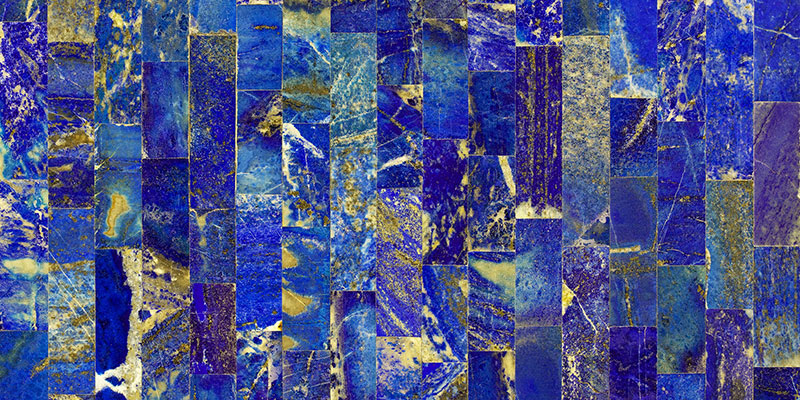
Blue tiles made from the semi-precious stone Lapis Lazuli.
Did you know that the ancient Greeks and Romans had no word for the colour blue and even omitted it from their descriptions of rainbows? In fact the only ancient culture to have a word for blue were the Egyptians who were the first to produce a blue dye having unearthed the semi-precious stone Lapis Lazuli over 6000 years ago. And that during the Renaissance period the most prized and expensive of blues, Ultramarine, “beyond the sea” was considered more precious than gold? Some paintings were never finished due to its expense and even the likes of the great Michaelango couldn’t afford the costly pigment whilst some painters pushed their family into debt using it. Such was its rarity that it was only used for the most important of subject matters, none more so than the Virgin Mary – hence to this day wherever we see depictions of Mary in churches or children’s books she is almost always shrouded in blue.
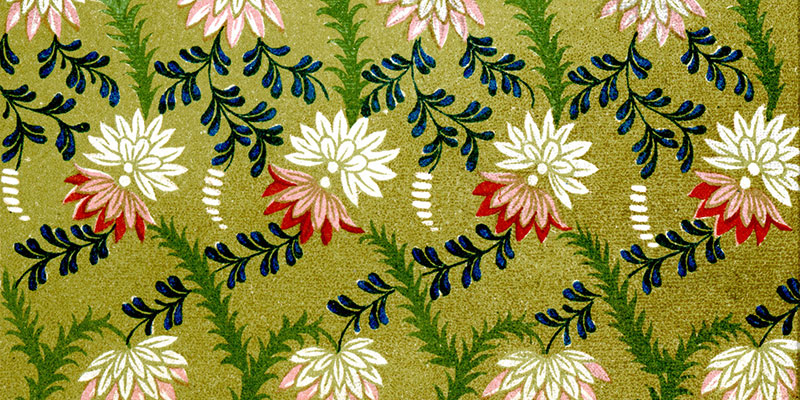
Green Victorian wallpapers of the time displayed vibrant colours but contained arsenic.
Supposedly Mohammed’s favourite colour, green is said to be a sacred colour in Islam with the prophet said to have worn a green turban and cloak and the Romans were so fond of it that in Latin there were ten words to describe the different shades of green. During the 18th and 19th century a European craze for green was driven by an interest in all things Chinese but the paints used contained dangerous levels of arsenic. In fact the death of the exiled Napoleon Bonaparte is suspected to have been caused by the arsenic in the green walls of his room on the island of St Helena and Queen Victoria reportedly had all the green wallpaper torn down in Buckingham Palace after a visiting dignitary became ill in 1879. Today green has enjoyed a renaissance as the poster colour for all things environmental and organic with Pantone choosing ‘Greenery’ as their 2017 Colour of the Year.
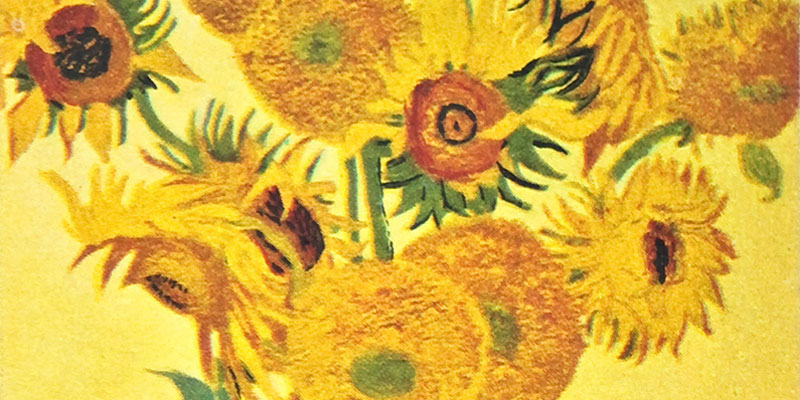
Was Van Gogh’s ‘yellow’ period caused by an epilepsy treatment?
Yellow was among the first pigments to be used by humans, from prehistoric cave paintings to paintings from ancient Egypt and Rome yellow features in depictions of sun gods. Not always a positive colour, in classic Greece prostitutes wore saffron dyed clothes and during the tenth century in France the doors of criminals and traitors were painted yellow. In religion yellow has had more negative connotations with Judas typically wearing yellow and in Christianity the colour was used for marking heretics. A firm favourite of many impressionist painters, most notably Van Gogh who’s yellow period may have been sparked by an epilepsy treatment. Digitalis, a treatment at the time for epilepsy seizures sufferers like Van Gogh could give a yellow tinge to everything seen.
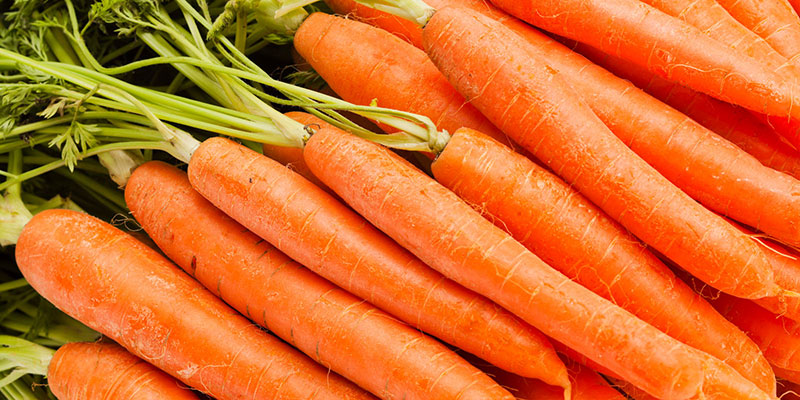
Politics dictate that carrots are orange.
The word Orange was only adopted in to the English language after the introduction of the fruit oranges in the 15th century, before this it was referred to as yellow-red. To this day there are only a few languages with a term for the mixture of yellow and red. In the late 1500’s William the Orange led the Dutch in revolt against the Spanish, winning their independence and in tribute the Dutch, abundant carrot farmers, bred a variety of carrot with more beta-carotene making the carrot orange. They grew this variety in such quantities that the previous white, purple and yellow of carrots became a thing of the past and the colour orange has continued to be synonymous with Holland.
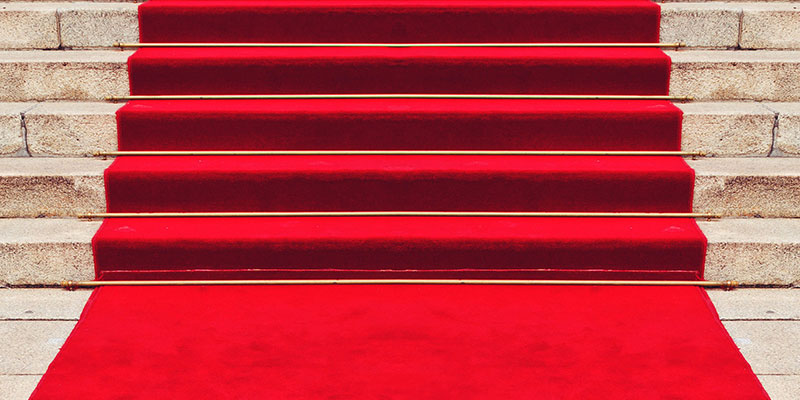
Red carpets, not invented by Hollywood at all.
The most primary of colours, red has long been associated with blood and war – roman soldiers and gladiators were adorned in red – but was also the colour worn by brides at a Roman wedding and is still worn by Chinese brides today for the good luck it symbolises. Did you know that ‘red carpet’ wasn’t invented by the film industry for awards ceremonies but has its origins as far back as ancient Greece? In the play Agamemnon the King’s wife prepares for his triumphant return from the Trojan War by rolling out a crimson path of tapestries for him to walk down.
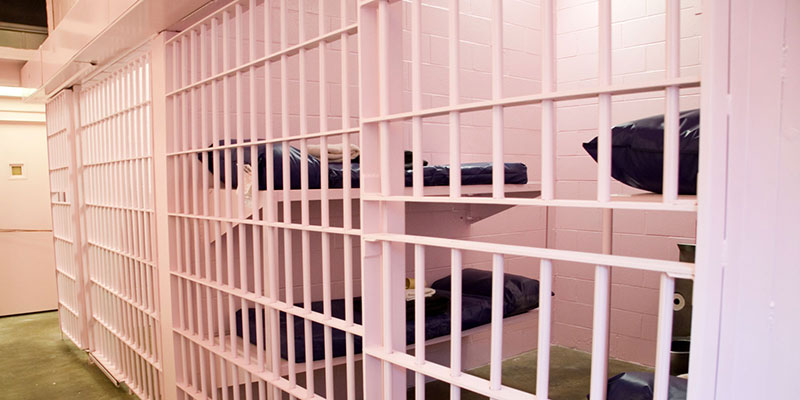
Pink, a good colour for calming even the most violent criminals.
Traditionally deemed a colour for boys pink was said to be a boy’s version of the masculine red and as a strong colour therefore more suitable for a boy than blue, a delicate colour for girls. This only changed as late as the 1950’s when pink was promoted as being a feminine colour. A calming colour, research has shown that 95% of violent and aggressive prisoners placed in a pink cell will calm down within 30 minutes although there have been protestations from male inmates on the humiliation of being confined to a room decorated like a ‘little girls bedroom’. And finally, flamingos get the pink in their plumage from the algae and shrimps that they eat but those in captivity have to be given a supplement to retain their colouration.
We hope you’ve enjoyed reading our take on the history of colour as part of our colour campaign. Next we’ll be looking at the important part that colour plays in branding.